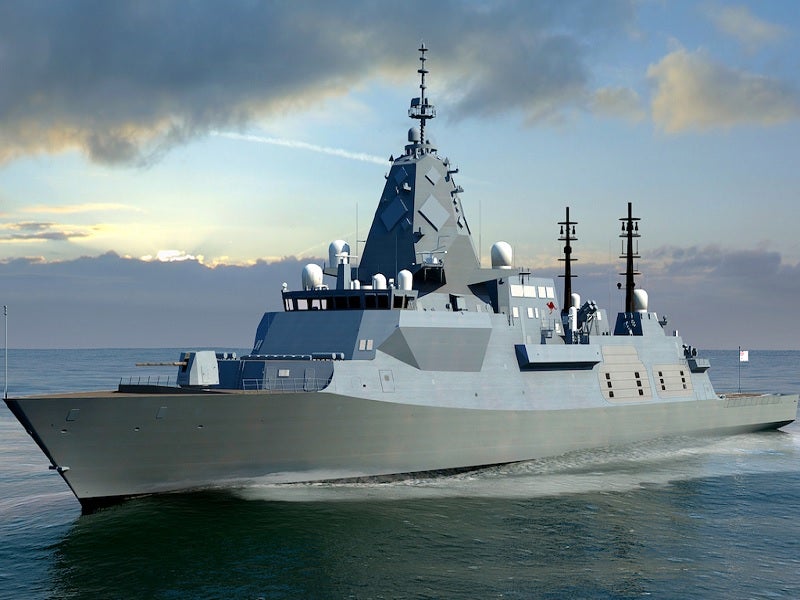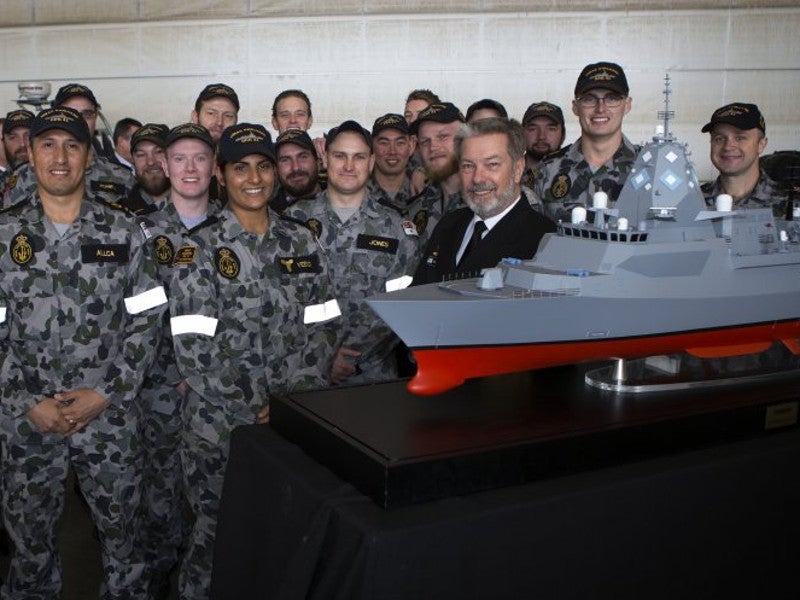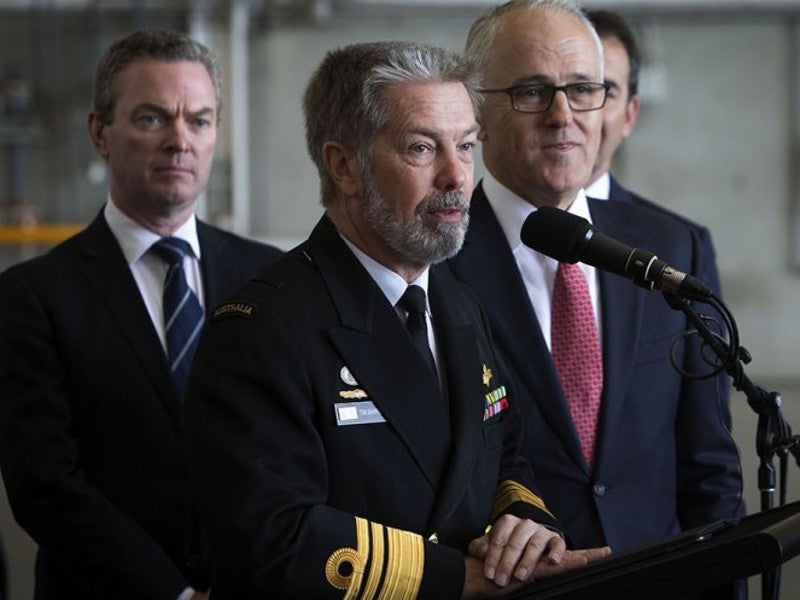Hunter-class frigates are a new class of multi-mission frigates being developed by BAE Systems Australia for the Royal Australian Navy (RAN) under the Hunter class frigate programme, which is the country’s biggest surface ship project till date.
Also referred to as Global Combat Ship Australia (GCS-A) during the design competition, the frigate is the Australian version of Type-26 global combat ship (GCS) under construction for the Royal Navy.
The multi-mission frigates will replace the existing ANZAC-class frigates, which entered service with the RAN in 1996.
Designed to perform a range of missions, the frigates will be primarily used for anti-submarine warfare (ASW), along with air defence, anti-surface warfare (ASuW), surveillance and intelligence, interdiction, humanitarian assistance and disaster relief operations.
Hunter-class frigates development details
The Australian Government selected BAE Systems as the preferred bidder for the SEA 5000 programme in June 2018. BAE Systems Australia will deliver nine Hunter-class multi-mission frigates under the $35bn contract. ASC Shipbuilding, a subsidiary of BAE Systems, will build the Hunter-class frigates.
The first three ships are named after three major regions of the country, Flinders, Hunter and Tasman.
An advanced work agreement (AWA) for the engineering and design phase of the project was signed between BAE Systems and the Australian Government in October 2018.
Lockheed Martin Australia and Saab Australia were selected by BAE Systems to integrate a combat system into the frigates in November 2018.
The key project developers include Raytheon Anschutz, Rolls-Royce, Ultra, MTU, Saab, Penske Power Systems, Naval Group and Thales.
BlueScope Steel was awarded a $2.6m contract in June 2020 for supplying approximately 1500t of steel plate for the project.
The project developer is also partnering with Flinders University and local small and medium enterprises (SMEs) for digital transformation.
More than 900 indigenous suppliers have registered to supply into the Hunter programme.
Ships will be built at the Osborne Naval Shipyard in South Australia. Work started with prototyping to begin in 2020 and steel will be cut for the first vessel in 2022.
Design and features of the Hunter-class frigates
Hunter-class frigates will be built using modular digital design techniques to offer flexibility and modularity to the naval forces in performing a range of operations. The vessels will be based on a custom-designed, acoustically quiet hull.
Vessels will also integrate open systems architecture with advanced sonar technology to offer through-life support and provision for future upgrades.
The stern of the frigates will feature a mission bay and dedicated hangar facility. The mission bay will feature flexible container stores, housing supplies to assist humanitarian aid and disaster relief missions.
The unmanned surface vessels, underwater vehicles and aerial systems can be housed and deployed from the mission bay when required. A hangar facility with space to accommodate an MH60R combat helicopter will be connected to the mission bay. An additional multi-utility helicopter such as Chinook or MRH90 multi-role helicopter can be stored in the mission bay.
The length and beam of the frigate will be 149.9m and 20.8m respectively, while the full load displacement will be 8,800t.
The Hunter-class frigate can be manned by a core crew of 180 members and can accommodate 208 personnel in the berths.
Armament and sensor systems on board Hunter-class frigates
Major armament to be equipped on the Hunter-class frigate fleet include a 5in, 62-calibre Mk 45 Mod 4 naval gun system and a Mk 41 vertical launch system fitted on the bow section of the ship.
The vessel can also be armed with MU90 torpedoes, Standard Missile 2 (SM2) and Evolved SeaSparrow Missiles (ESSM). It can also be fitted with other advanced anti-ship missiles and a Nulka decoy launch system.
The frigate will feature weapon mounts to house two 30mm short-range guns and two 20mm close-in weapon systems.
The firepower of the vessels will be further enhanced by the installation of next-generation Aegis combat system, which enables the guided-missile frigates to track and detect aircraft, submarines, and ships within its vicinity. The system will enhance the situational awareness of the onboard command team and enable them to take quick decisions to destroy the enemy targets.
Navigational requirements of the frigates will be served by on-board sensor systems, including CEAFAR2 phased-array radar, electro-optic sensors, Ultra S2150 hull-mounted sonar, as well as Thales S2087 towed array and variable depth sonar (VDS) systems.
Propulsion and performance of the Australian frigates
Hunter-class frigates will be powered by a combined diesel-electric or gas (CODLOG) propulsion system. It will integrate two electric motors and four high-speed MTU diesel generators, as well as a Rolls-Royce MT30 gas turbine and two fixed-pitch propellers.
The maximum speed of the vessels will be more than 27k, while the maximum range will be 7,000nm at normal cruising speed.





